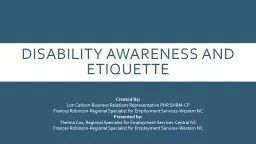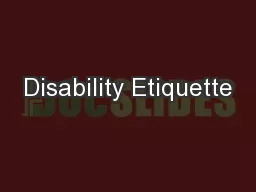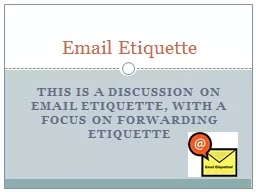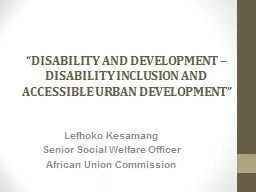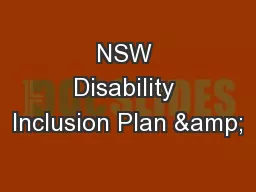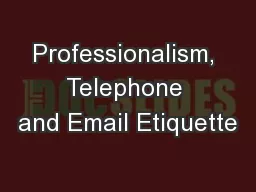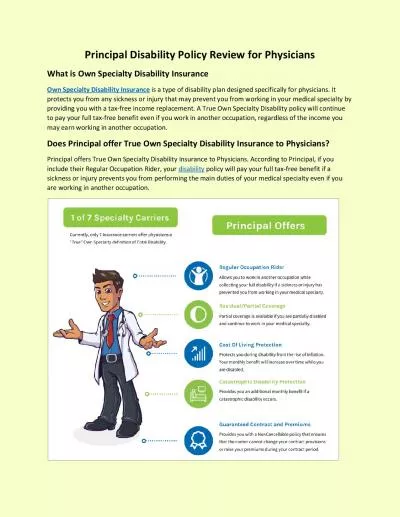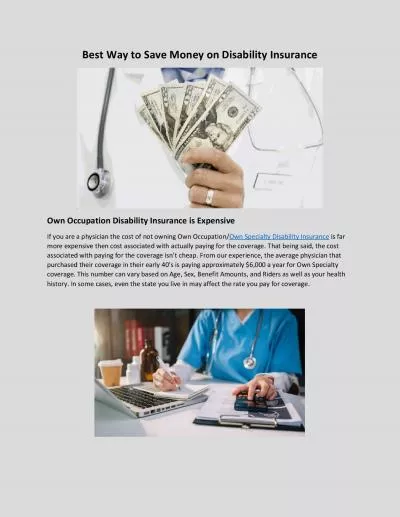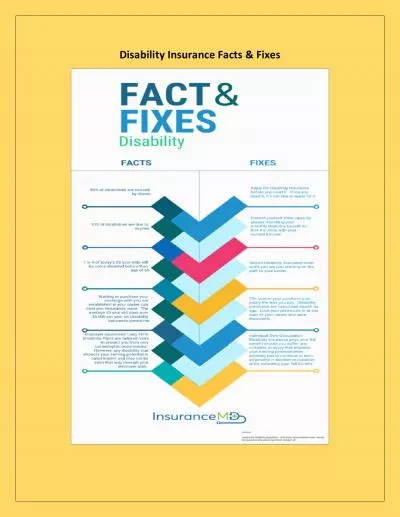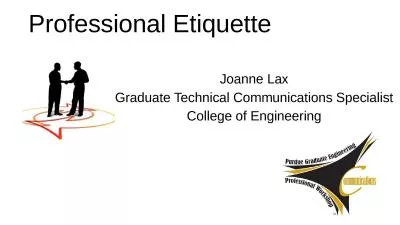PPT-Disability Awareness and Etiquette
Author : aaron | Published Date : 2019-06-29
Created By Lori CarlsonBusiness Relations Representative PHR SHRMCP Frances RobinsonRegional Specialist for Employment ServicesWestern NC Presented by Thelma Cox
Presentation Embed Code
Download Presentation
Download Presentation The PPT/PDF document "Disability Awareness and Etiquette" is the property of its rightful owner. Permission is granted to download and print the materials on this website for personal, non-commercial use only, and to display it on your personal computer provided you do not modify the materials and that you retain all copyright notices contained in the materials. By downloading content from our website, you accept the terms of this agreement.
Disability Awareness and Etiquette: Transcript
Download Rules Of Document
"Disability Awareness and Etiquette"The content belongs to its owner. You may download and print it for personal use, without modification, and keep all copyright notices. By downloading, you agree to these terms.
Related Documents

